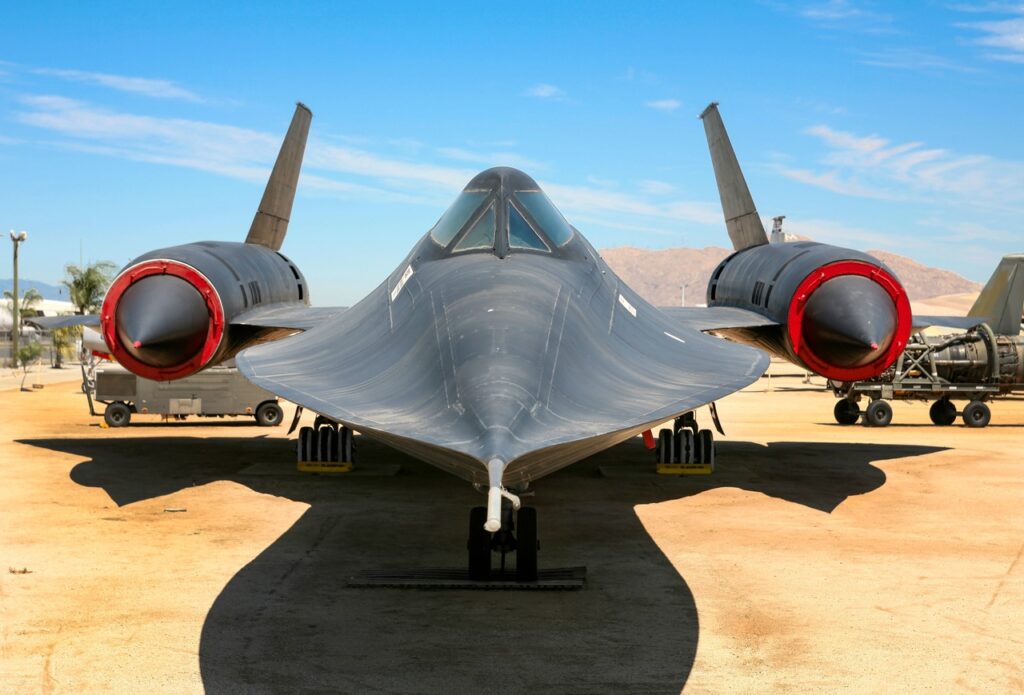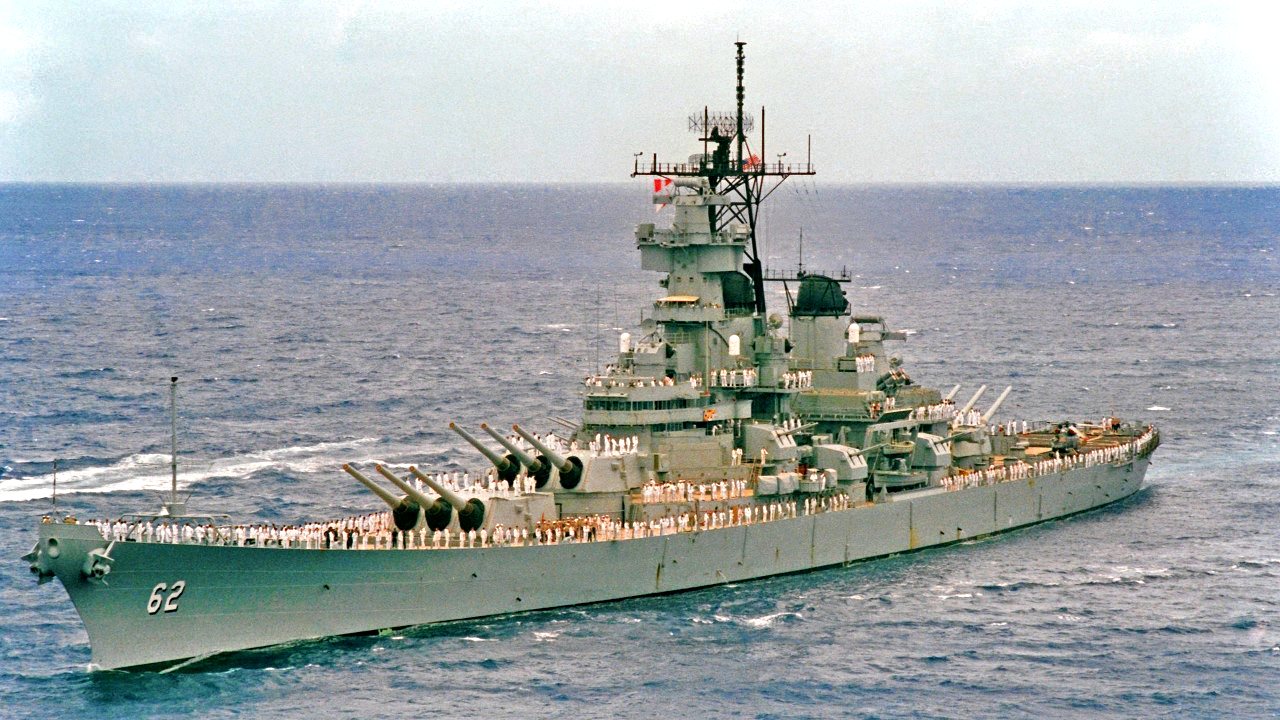
U.S. Navy Battleship USS New Jersey Is Getting a ‘Reboot’ and Massive Update
Summary: The iconic Battleship New Jersey, known affectionately as “Big J” and America’s most decorated battleship, embarked on a historic journey from the Camden waterfront down the Delaware River to the Paulsboro Marine Terminal on March 21, 2024. This marked the first time in 25 years that the venerable warship had moved from its longstanding location. The operation required tugboats for propulsion and steering due to the battleship’s inoperative engines and steering controls. Over the next two months, the USS New Jersey will undergo significant maintenance, including repainting the hull and inspecting the anti-corrosion system, with preservation efforts estimated to cost around $10 million.
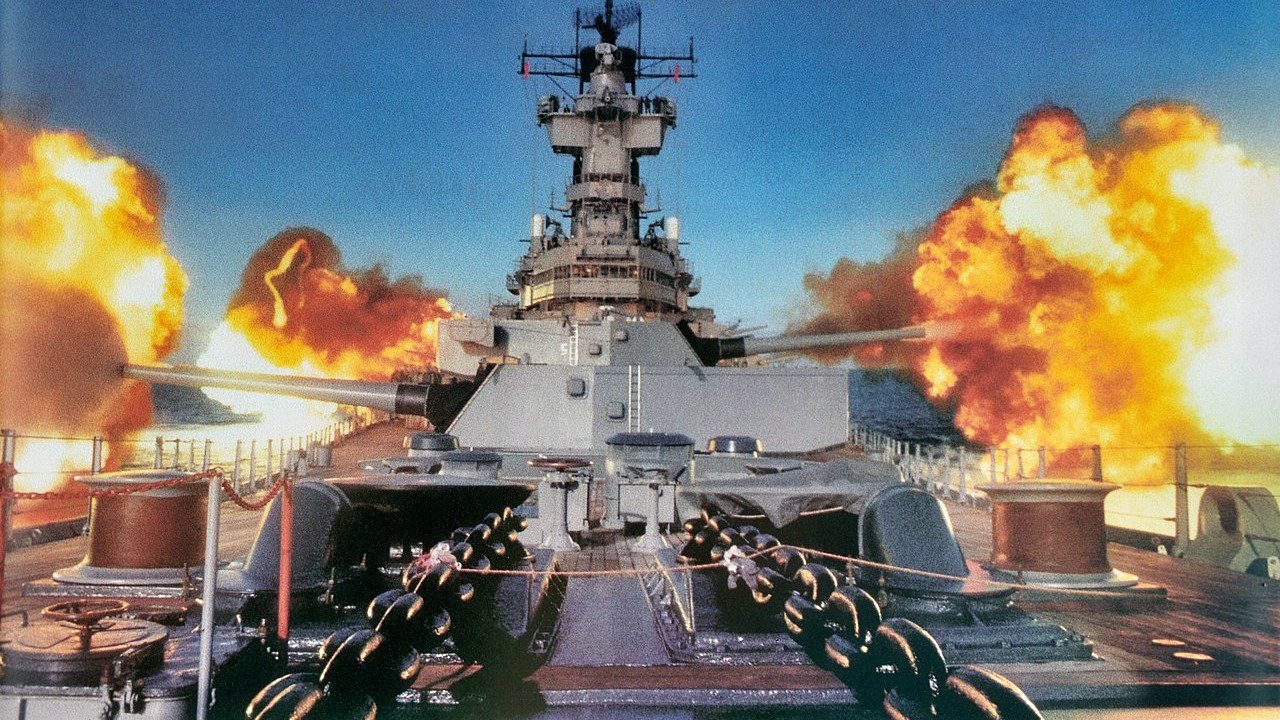
America’s Most Decorated Battleship, USS New Jersey, Gets a Facelift
For the first time in a quarter century, Battleship New Jersey has left the Camden waterfront. The mighty warship began its journey down the Delaware River on March 21, 2024, and arrived at Paulsboro Marine Terminal in Paulsboro, New Jersey. Since New Jersey’s engines and steering controls are no longer operable, tugboats for propulsion and steering were necessary to assist New Jersey. Maintenance work on America’s most decorated battleship will take roughly two months.
As part of the restoration process, the ship’s hull will be repainted and the anti-corrosion system underneath her will be inspected thoroughly.
According to the CEO of the Battleship New Jersey Museum and Memorial Marshall Spevak, preservation work on the Iowa-class battleship will cost approximately $10 million.
“She will be returning to the same dock at the Philadelphia Naval Shipyard where she was built in the 40s, and actually where she then subsequently came back to dry dock in the 1960s. So this is actually a historic homecoming for us at the Philadelphia Naval Shipyard now so many years later,” Spevak detailed.
Introducing Battleship USS New Jersey:
Often referred to as “Big J” back in the day, USS New Jersey (BB-62) earned the most battle stars for combat actions than her three other Iowa-class sister-ships.
The Preliminary Design Branch at the Bureau of Construction and Repair designed this “fast battleship” in the late 1930’s in response to Imperial Japan’s Kongo-class ships.
Before the Second World War, U.S. officials were growing increasingly concerned with Japan’s naval might, which could sail faster than the Navy’s fleet of traditional 21-knot “Standard-type” battleships. The Iowa-class was developed to rectify this shortcoming.
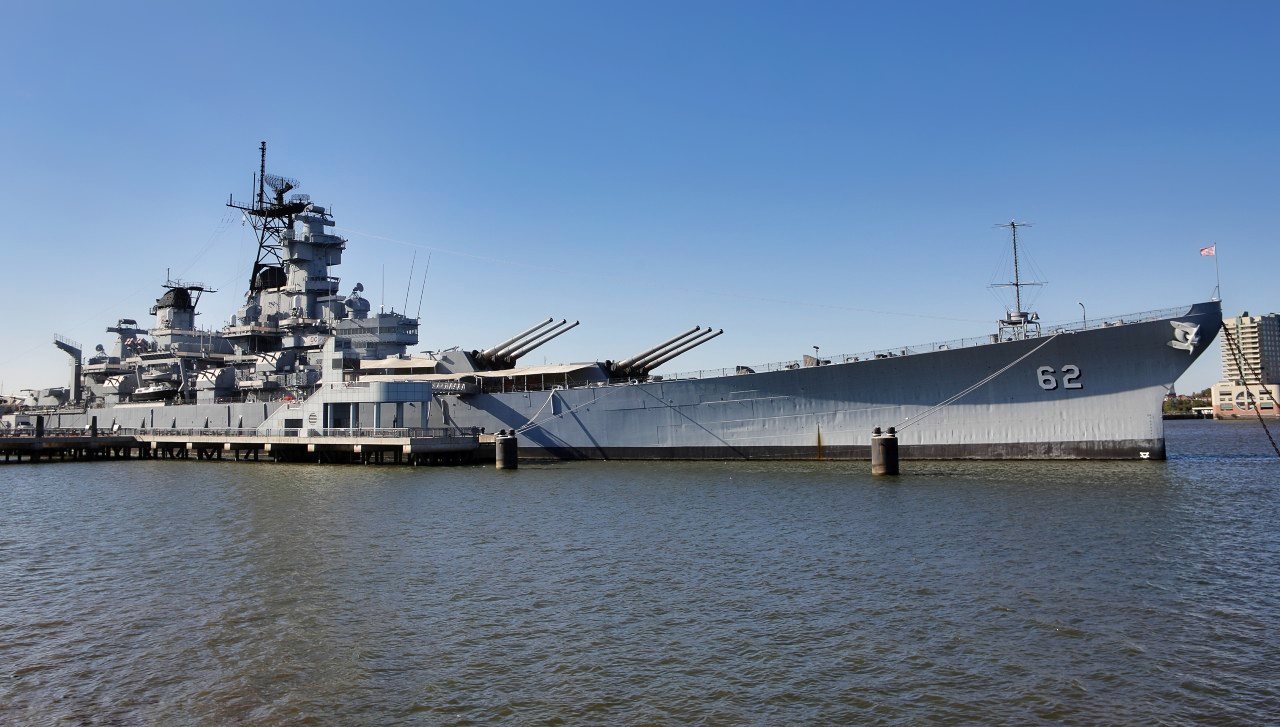
New Jersey was the second in her class to be developed and launched officially on the first anniversary of the attack on Pearl Harbor. Armament-wise, the battleship could pack a punch. Nine 16in/50caliber Mark 7 guns were installed on the ship in three three-gun turrets, which could fire 2,700 pound armor-piercing shells.
The vessel was also fitted with Oerlikon 20mm and Bofors 40mm anti-aircraft guns to better protect the growing fleet of allied aircraft carriers.
Operational history of USS New Jersey:
Following her sea trials, New Jersey was assigned to the U.S. Fifth Fleet and Task Group 58.2 where she was deployed during the assault on Marshall Islands. She then transitioned to serve the 3rd Fleet, where she spent a considerable amount of time based at Ulithi to lend support to Allied forces operating in the Philippines.
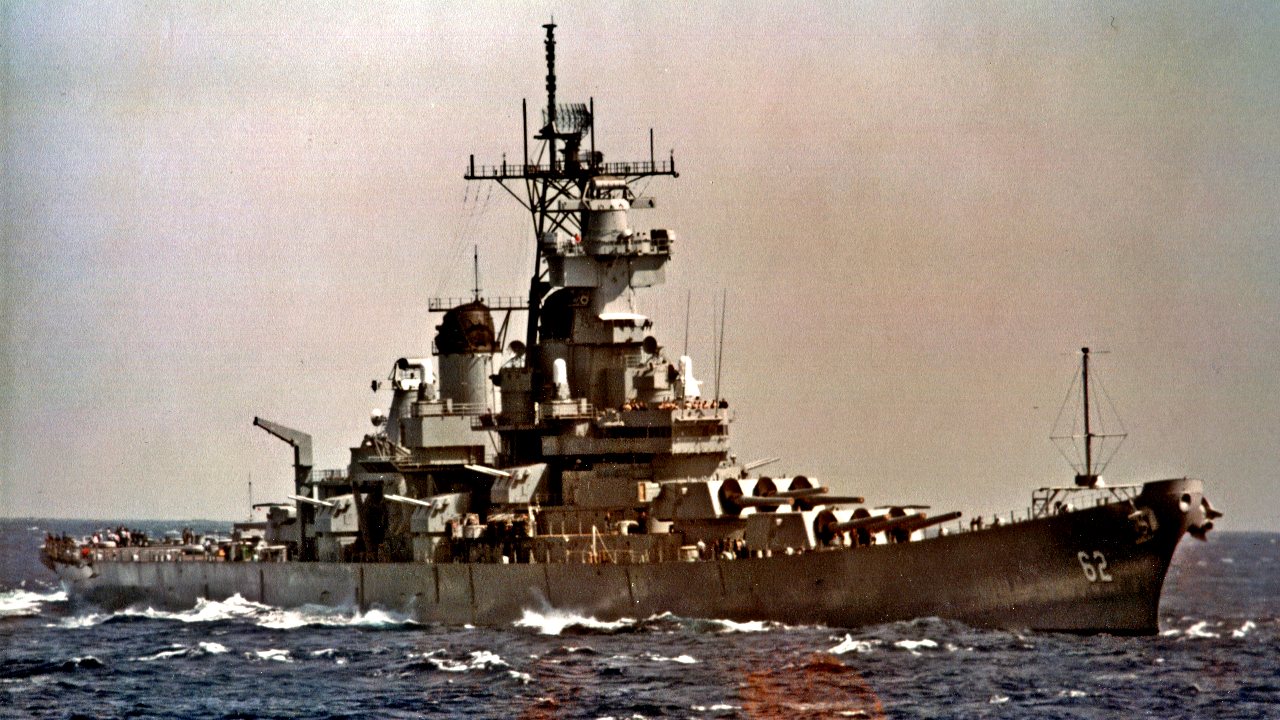
After the War, New Jersey was inactivated at the New York Naval Shipyard. However, in 1950, she would re-enter service as part of the Navy’s mobilization during the Korean War.
New Jersey would also be reactivated to serve in the Vietnam War, recommissioning for the second time in 1968 as the world’s sole active battleship.
New Jersey would see her final days in 1999, when she was officially stricken from the Naval Vessel Registrar. Considering this battleship’s legendary service record, her preservation is of national significance.
About the Author: Maya Carlin
Maya Carlin, National Security Writer with The National Interest, is an analyst with the Center for Security Policy and a former Anna Sobol Levy Fellow at IDC Herzliya in Israel. She has by-lines in many publications, including The National Interest, Jerusalem Post, and Times of Israel. You can follow her on Twitter: @MayaCarlin.


